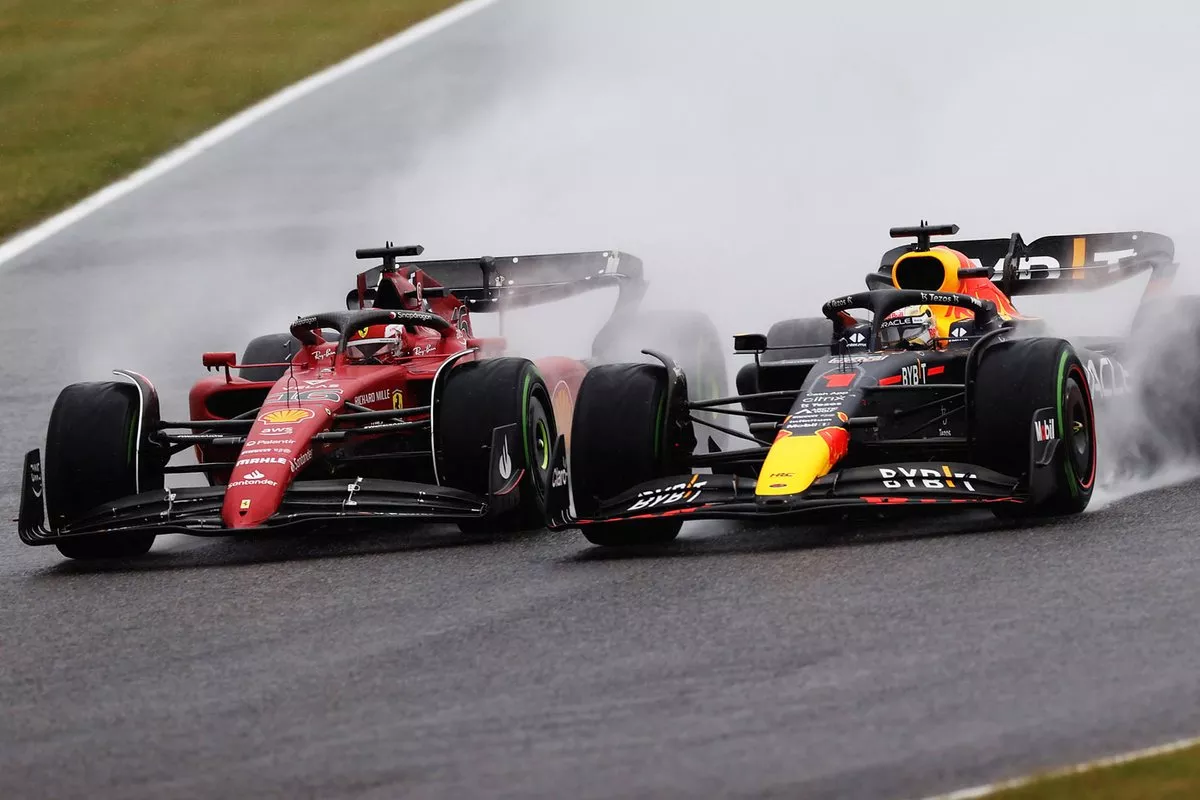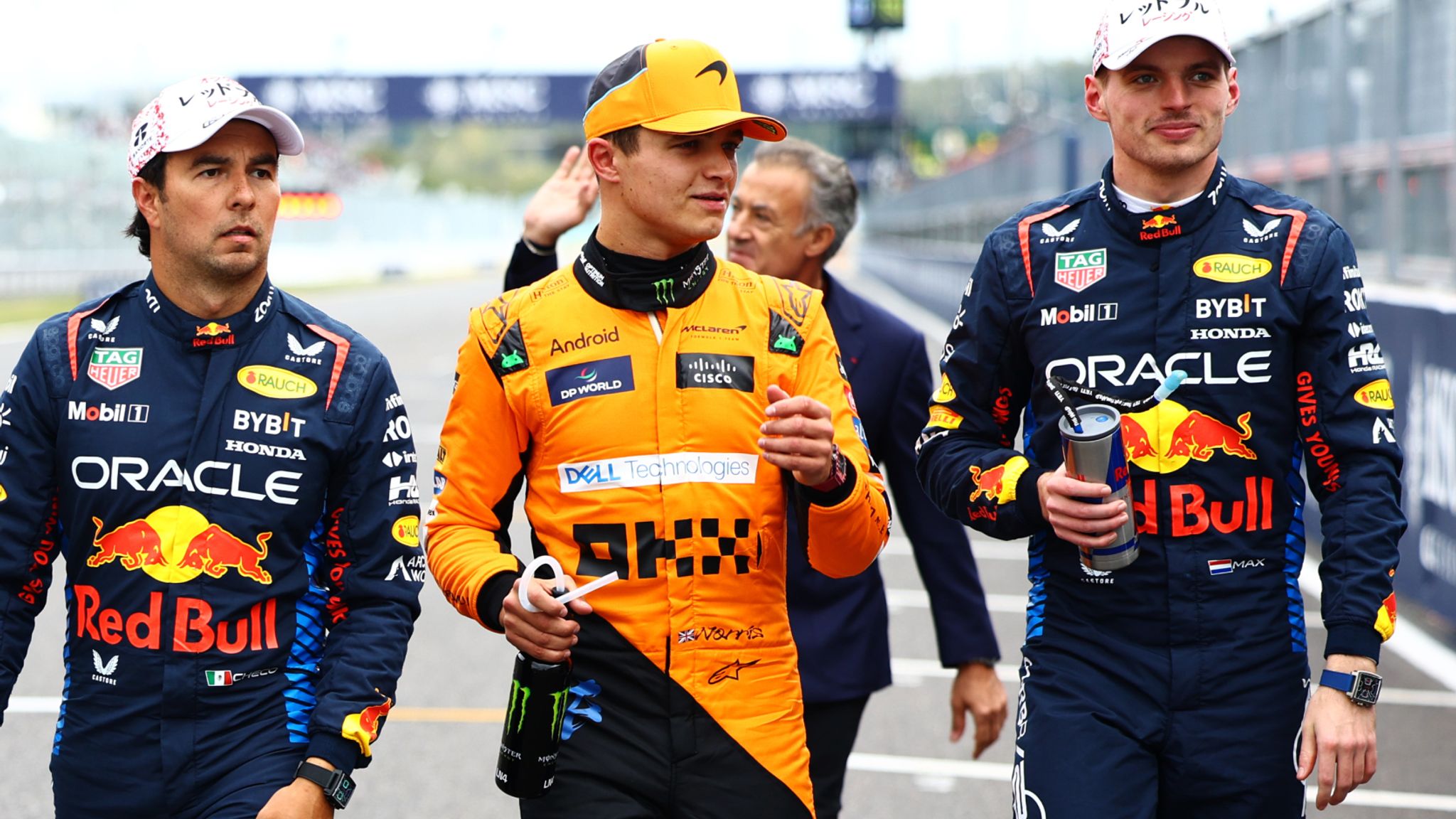After warming up with short practice runs, many teams had their drivers go out for longer sessions with more fuel. They wanted to see how well their cars handled the tires on this tough track with its rough surface.
The top teams, Red Bull and Ferrari, had similar plans for practice. Ferrari, especially, caught Red Bull’s attention with Charles Leclerc’s performance on Friday. In the final practice session, Leclerc had a strong average time over 13 laps on medium tires, slightly faster than Red Bull’s best performance with Sergio Perez. Meanwhile, Mercedes had a different strategy. George Russell completed a 14-lap run, with his average time being even quicker.
Lewis Hamilton tried out soft tires, which Pirelli believes could be used in the race because of cooler temperatures. Hamilton’s average time was also good, although his pace dropped towards the end.

McLaren tested soft tires, too, with Oscar Piastri’s average time slightly slower but with less drop-off in pace. Lando Norris didn’t do a long run in the other McLaren.
Aston Martin was unique in its approach, using hard tires for Fernando Alonso and Lance Stroll. These were the same tires most top teams used twice in last year’s race. Alonso had the best average time for Aston Martin.
The different approaches in practice make it hard to judge each team’s true race pace. However, based on the data and Pirelli’s comments, it seems there might be more variation in race strategy compared to last year.

